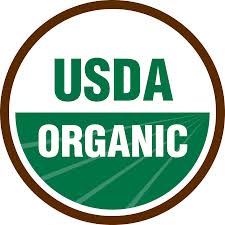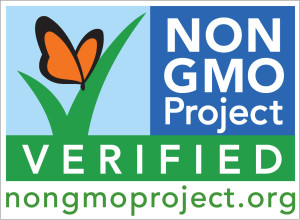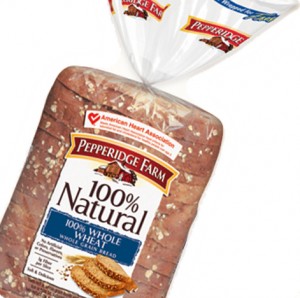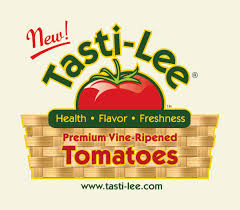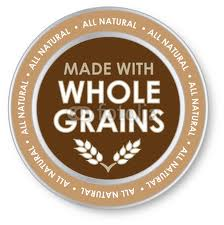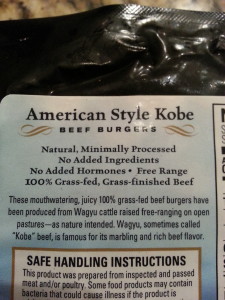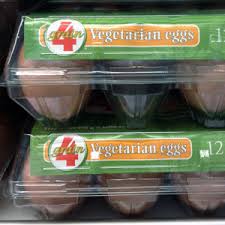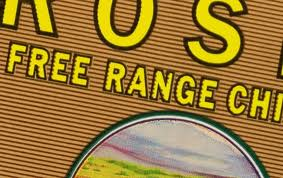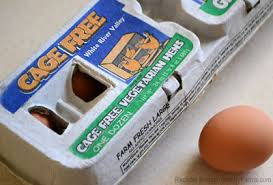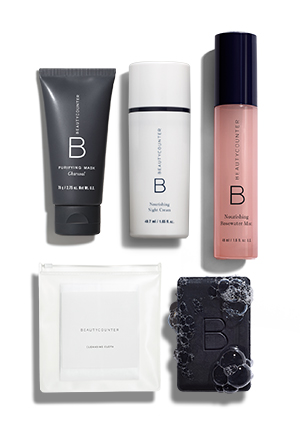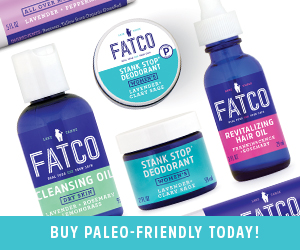7 August, 2013
What Do Food Labels Mean?
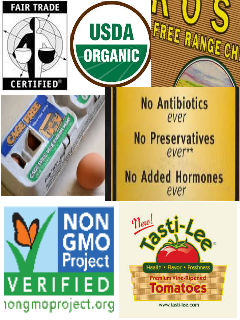
I am sure you have noticed, as you start looking for healthier foods, all of the different claims made on food labels. What do they all mean? Unfortunately sometimes they mean absolutely nothing and they are just the food companies marketing tactics to get you to spend more money on their products. Here is the low down on what food labels really mean.
Certified Organic: Certified Organic foods requires that no synthetic fertilizers or pesticides have been used in the soil for at least 3 years prior to growing. They can not contain artificial preservatives, color, or flavor. Anything labeled 100% organic can not contain GMOs.
When it comes to meat, the animals need to be living in natural conditions, fed with 100% organic feed, and not be given hormones or antibiotics.
Make sure you pay attention to how foods are labeled organic as there can be different meanings depending on the way it is stated. 100% Organic– all ingredients are organic, Organic– Made with at least 95% organic ingredients, Made with Organic Ingredients– minimum of 70% organic ingredients and the remaining 30% can’t be GMO and organic claims can not be made on the front of the package.
Non GMO Project Verified: Americas only third party verification to ensure that foods labeled as non-GMO are in fact non-GMO. Having this seal requires on going testing of all at risk ingredients.
Fair Trade Certified: Fair Trade goods are just that. Fair. Products that display this logo come from farmers and workers who are justly compensated for their goods. Fair Trade does promote organic farming with training for farmers and by offering a higher price for organic products. Many producers invest their Fair Trade premium funds in organic certification, which has led to outstanding results: nearly half of all Fair Trade Certified imports were also organic. Environmental standards are important to the Fair Trade criteria including protecting water, restricting pesticides, and banning GMOs.
All Natural: This is probably the statement that means the least. The USDA broadly defines this term as products that have been minimally processed and contains no preservatives or artificial ingredients. This regulation is not subject to government controls. Many companies have been sued recently for using the term “Natural” on products that do not comply with the regulation. Chobani and Naked Juice are two.
Vine Ripened: This just means that the fruit has been left of the vine just a bit longer than the non-vine-ripened variety. For tomatoes, they are left on the vine just long enough for red to start appearing. Before the tomatoes reach the store they are still exposed to ethylene gas to turn them red.
Local: The statement that a product is locally grown, or even simply, “local” is only semi-useful. Locally grown food is not officially defined or monitored, although some states do set limits on what can be called “local.” In most cases though, unless you specifically ask, it’s unclear if a local food product is defined as local by distance to market, state or city borders, or other regional boundaries. Various markets and sellers also set their own definition of local.
Made with Whole Grains: This claim is not regulated. The product might be made with refined grains and then .01% of whole grains and they slap a label on it stating that it is made with whole grain.
No Antibiotics/No Hormones: This indicates that no antibiotics were used on the animal. In order to label meat as “No Antibiotics,” documentation has to be submitted to that effect however no third party verified this to be true. This label has no indication of what the animals were fed or how they were raised.
Grass-Fed: Cattle is meant to living on a diet of 100% grass however unfortunately in the times we live in much of the cattle we eat are fed corn and grains to fatten them up quicker. This can result is sick animals that provide us with a poor nutrient profile.
To qualify for the USDA grass-fed label, cattle must be fed only mother’s milk and grass and other greens during their lifetime. Also, the cattle must have access to pasture “during the growing season” however they can be kept confined inside when out of season. They can even be given hormones and a steady diet of antibiotics. Look for labels that mention 100% grass fed and no hormones or antibiotics used.
Pastured: This label would suggest that the animal lives outside where they can eat food provided by nature such as bugs. The USDA has no standards for this label and no requirements regarding how much of the animals life must be spent on a pasture. Hormones or antibiotics may be used on pasture-raised animals.
100% Vegetarian Diet: This one in my option is pointless. It does require animals not to be fed animal byproduct and should suggest that they had a diet of grass, hay, silage, grain, and corn. This could mean the diet they were given was loaded with GMOs. Chickens fed a proper diet while living on the range actually love to eat bugs which is not technically vegetarian.
Free Range: This means that the chickens must have access to the outside with no regulations on how big the space must be for them. This also doesn’t mean that they actually went outside just that they had access.
Cage Free: Cage free is all the rage right now but this label can also be deceiving. This usually does mean that birds are not kept in cages however they could be kept indoors in overcrowded conditions which can be just as bad for the bird and effect the nutritional content of the eggs they produce. The USDA has not developed any standards for this label.
The best thing I can tell you with labels is to not use them as the only source of information when picking out food items. Before spending a higher price on foods based on the labels I would recommend trying to research the company or contact them and ask questions about how their food is made and how their animals are raised. If you like shopping farmers markets the farmers themselves are often present and would be willing to answer questions you may have regarding their products. I like to find companies that I know are trustworthy and buy multiple products from them so I only research once and buy often.



